Too Many Flowers to Even Take In Before I get to the details of the sights that we just saw during our February 2021 “Southern Trip” I still have a few blogs to write about the “Heartland” trip that we took in 2020; mostly blogs that aggregate several sites from a specific category into a single blog. The first of these being about all the beautiful flowers, fauna, and outdoor artwork that we saw during our travels. During our 30-day, 9376 mile, road trip to see more of America we visited numerous botanical gardens and other floral sites to include:
Since we took our road trip during July and August everything was in full bloom and the colors and scents were magnificent. So, if your travels take you near these sites, and you like flowers, you really should stop for a while and smell the roses (click on any photo to start the slideshow):
0 Comments
Road Trip to the South On Sunday we completed a 10-day “road trip” to see another part of America; the Deep South. During our trip we drove 2,294 miles (an average of 229 miles per day) and visited 6 States. 1) North Carolina 2) South Carolina 3) Georgia 4) Alabama 5) Mississippi 6) Louisiana Here’s a high-level map of what our overall route looked like. During our travels we saw lots of interesting and unique sights; museums, architectural masterpieces, natural wonders, aquariums and all sorts of other interesting places. Except for one day going to/from Vicksburg - even the weather was pretty good (for February).
While traveling we took almost 4,500 photos - so I’ll post some of the photos of our adventures and write a few blogs highlighting the special sights that we saw once we've unpacked and settled back into the New England Winter. I’m sure that choosing which photos to use, and which places to blog about, will be the hardest part. A Pivotal Crossroads in the East On Day #30 of our 30-day, 9376 mile, road trip to see more of America we visited the Harpers Ferry National Historical Park in Harpers Ferry, West Virginia. Harpers Ferry is the easternmost town of West Virginia, located in the lower Shenandoah Valley where the Potomac and Shenandoah rivers merge, and where West Virginia, Virginia, and Maryland meet. In fact, Harpers Ferry was actually part of Virginia until 20 June 1863 when West Virginia split from Virginia during the Civil War. Harpers Ferry was the northern-most point of Confederate controlled territory during the Civil War. Because of its critical location, and the Baltimore and Ohio Railroad (B & O Railroad) Potomac River crossing that had been built in 1837, the town played an important role both prior to and during the Civil War. John Brown’s Raid on Harpers Ferry – October 1859 In October 1859, the U.S. military arsenal at Harpers Ferry was the target of an assault by an armed band of abolitionists led by John Brown when Brown and his band overran the federal arsenal. Some of his men rounded up a handful of hostages, including a few slaves. The raid was intended to be the first stage in an elaborate plan to establish an independent stronghold of freed slaves in the mountains of Maryland and Virginia. Word of the raid spread and by the following day Brown and his men were surrounded. Then, on October 18, a company of U.S. Marines, led by Colonel Robert E. Lee and Lieutenant J. E. B. Stuart, overran Brown and his followers. Brown was captured and wounded during the raid while 10 of his men were killed, including two of his sons. Brown was later convicted of treason and hanged, but the raid increased the mounting tension between Northern and Southern states before the Civil War. (source History.com) Battle of Harpers Ferry – 13 to 15 September 1862 As his Army of Northern Virginia advanced into Maryland in early September 1862, General Robert E. Lee made plans to capture the vital Union garrison at Harpers Ferry in the rear of his invading force. Although Maj. Gen. George McClellan's Army of the Potomac was in pursuit, Lee divided his army, sending three columns under Gen. Thomas “Stonewall” Jackson to Harpers Ferry while the rest of the army marched towards Hagerstown, Maryland. Surrounded on three sides by steep heights, the terrain surrounding the town made it nearly impossible to defend, a problem made worse by the Union commander, Colonel Dixon S. Miles, who lacked experience leading troops. For three days, Jackson placed artillery on the heights above Harpers Ferry, and on the morning of September 15 ordered an artillery barrage that bombarded the town, followed by an infantry assault by Maj. Gen. A. P. Hill's division. As surrender was debated, Miles was struck by a shell that shattered his left leg, a wound that proved fatal. Jackson took possession of Harpers Ferry before joining the rest of Lee’s army at Sharpsburg, leaving Hill’s division to process the parole of 12,000 prisoners. (source American Battlefield Trust) Jackson had won a great victory at minor expense. The Confederate Army sustained 286 casualties (39 killed, 247 wounded), mostly from the fighting on Maryland Heights, while the Union Army sustained 12,636 (44 killed, 173 wounded, 12,419 captured). The Union garrison also surrendered 13,000 small arms, 200 wagons, and 73 artillery pieces. It was the largest surrender of Federal forces during the Civil War. The list of captured artillery pieces included one 50-pounder Parrott rifle (spiked), six M1841 24-pounder howitzers, four 20-pounder Parrott rifles, eight M1841 12-pounder field guns (2 spiked), four 12-pounder Napoleons (2 spiked), six M1841 6-pounder field guns, two 10-pounder Dahlgren guns (spiked), 10 3-inch Ordnance rifles, and six 3-inch James rifles. (source Wikipedia) The history of Harpers Ferry makes it a very interesting location to visit – especially since significant efforts have been made to keep the town as is was in the 1860’s (click on any photo to start the slideshow): If you want to learn more about the Harpers Ferry National Historical Park here are a few links to check out: https://www.nps.gov/hafe/index.htm https://www.nps.gov/articles/john-browns-raid.htm https://www.nps.gov/hafe/learn/historyculture/1862-battle-of-harpers-ferry.htm https://www.harpersferryhistory.org/ https://www.battlefields.org/learn/topics/john-browns-harpers-ferry-raid https://www.battlefields.org/learn/civil-war/battles/harpers-ferry https://www.travelawaits.com/2555192/weekend-in-harpers-ferry-west-virginia/ In addition to its role in the Civil War era Harpers Ferry has several other distinctive traits to include the Lewis & Clark Expedition of 1803, the Chesapeake and Ohio Canal starting in 1831, the Appalachian Trail and the Potomac Heritage Trail:
Lewis and Clark Expedition: In mid-March of 1803, about two weeks after Congress authorized the expedition, twenty-eight-year-old Meriwether Lewis left Washington for Harpers Ferry, where he requisitioned some rifles and the necessary appurtenances, and other supplies, including pipe-tomahawks and knives. He also supervised the construction of the iron framework for a collapsible thirty-six-foot boat, intended for a hull of animal skins, which he and Thomas Jefferson had designed. He deferentially referred to as "the Leather boat," "the iron boat" or, in a more scientific tone, "the Experiment." Except for that one unusual challenge for the armory's craftsmen, Lewis's month long stay was comparatively unremarkable, partly because his objectives were still shrouded in secrecy and disinformation. (source Discovering Lewis & Clark) https://www.nps.gov/hafe/learn/historyculture/meriweather-lewis-at-harpers-ferry.htm http://www.lewis-clark.org/article/2964 C&O Canal: The Chesapeake and Ohio Canal operated from 1831 until 1924 along the Potomac River from Washington, D.C., to Cumberland, Maryland. The canal's principal cargo was coal from the Allegheny Mountains. Construction on the 184.5-mile canal began in 1828 and ended in 1850 with the completion of a 50-mile stretch to Cumberland. Rising and falling over an elevation change of 605 feet, it required the construction of 74 canal locks, 11 aqueducts to cross major streams, more than 240 culverts to cross smaller streams, and the 3,118 foot Paw Paw Tunnel. The canal way is now maintained as the Chesapeake and Ohio Canal National Historical Park, with a trail that follows the old towpath. (source Stoney Creek West Virginia) https://www.nps.gov/choh/index.htm https://www.canaltrust.org/plan/co-canal-towpath/ Appalachian Trail: Harpers Ferry offers a fantastic introduction to the Appalachian Trail in one of the most scenic and historic towns anywhere in America. Situated at the confluence of the Potomac and Shenandoah Rivers, the town and Harpers Ferry National Historical Park are most famous for John Brown’s Raid, yet the area also has fascinating Civil War, African American and Lewis & Clark Expedition history. The village is also home to the Appalachian Trail Conservancy Headquarters and Visitor Center, one of the most photographed spots along the entire Trail. (source Appalachian Trail Conservancy) https://www.nps.gov/hafe/planyourvisit/camp-hill-and-appalachian-trail.htm https://appalachiantrail.org/explore/communities/harpers-ferry-bolivar/ Potomac Heritage Trail: The Potomac Heritage Trail, also known as the Potomac Heritage National Scenic Trail or the PHT, is a designated National Scenic Trail corridor spanning parts of the mid-Atlantic and upper southeastern regions of the United States that will connect various trails and historic sites in the states of Virginia, Maryland, and Pennsylvania and the District of Columbia. The trail network includes 710 miles of existing and planned sections, tracing the outstanding natural, historical, and cultural features of the Potomac River corridor, the upper Ohio River watershed in Pennsylvania and western Maryland, and a portion of the Rappahannock River watershed in Virginia. The trail is managed by the National Park Service. Unlike many long-distance hiking trails such as the Appalachian Trail, the Potomac Heritage Trail is a general route with numerous side trails and alternatives, some in parallel on each side of the river. Currently, many of these are separate, connected to the others only by roads. (source Wikipedia) https://www.nps.gov/pohe/index.htm https://www.funinfairfaxva.com/potomac-heritage-trail-hikes-virginia/ |
What's On This Page?Here's where we post reviews, questions, answers, thoughts and other information that's of general interest to our followers in a blog format. Categories
All
Archives
August 2023
|
|
|
Copyright 2016-2024 Hiking, Camping and Shooting |



































































































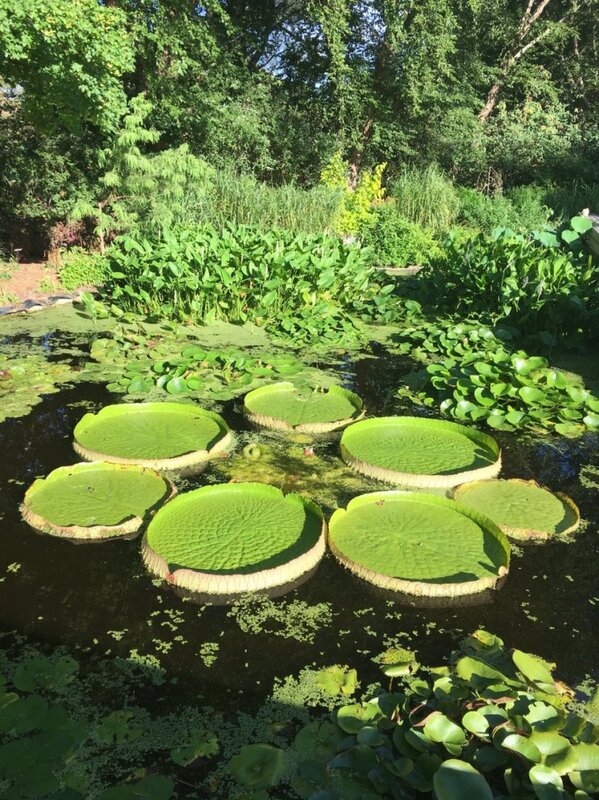















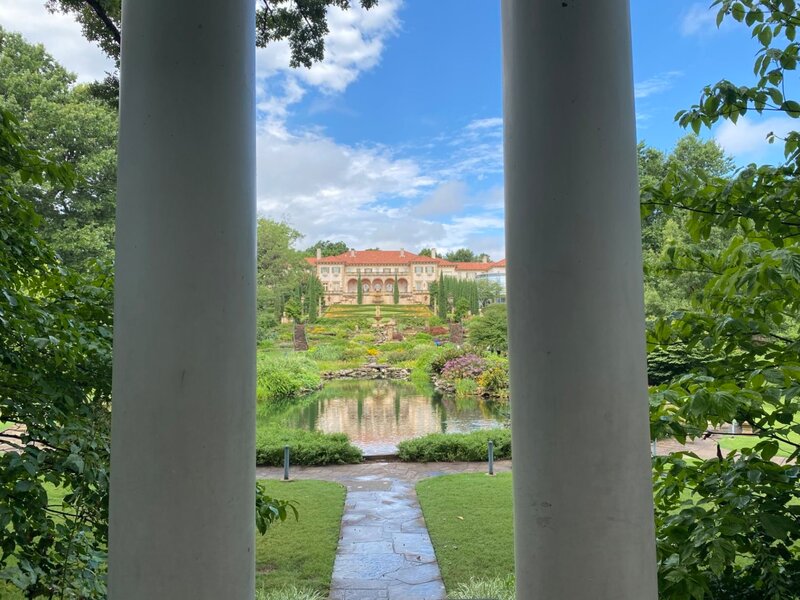








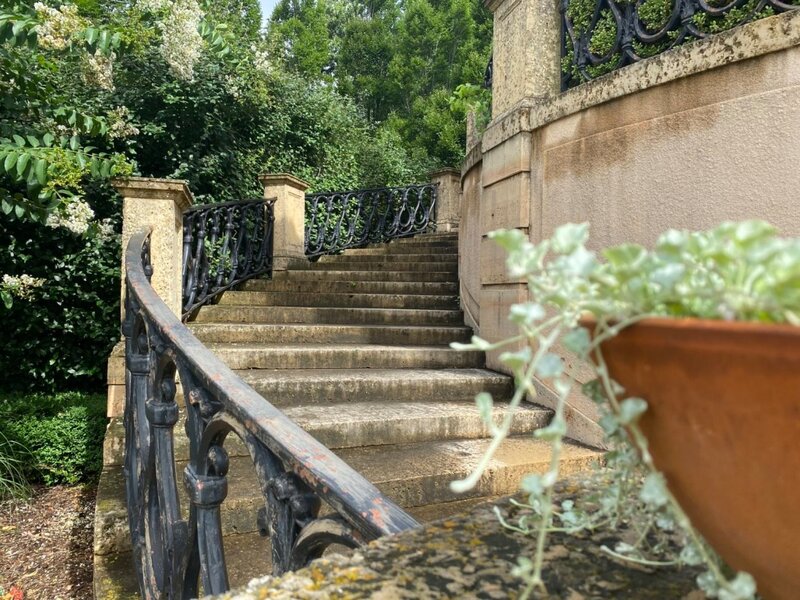





























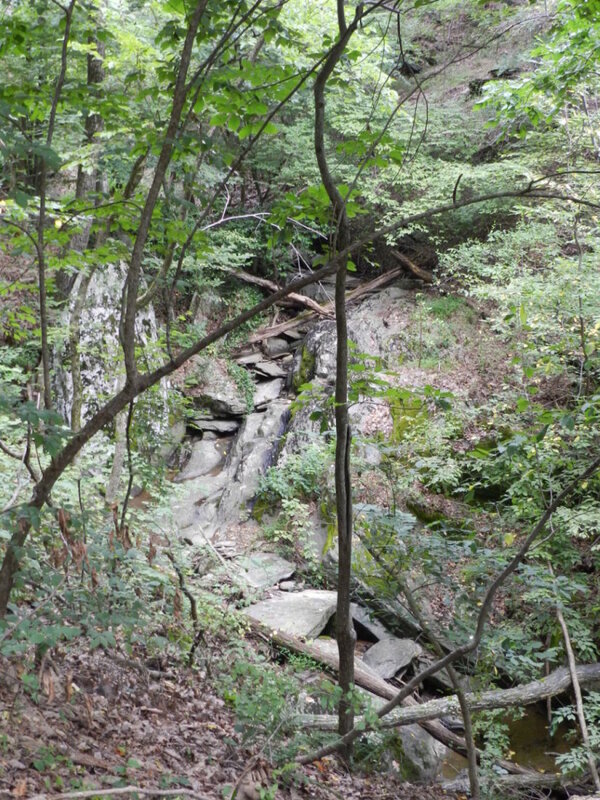



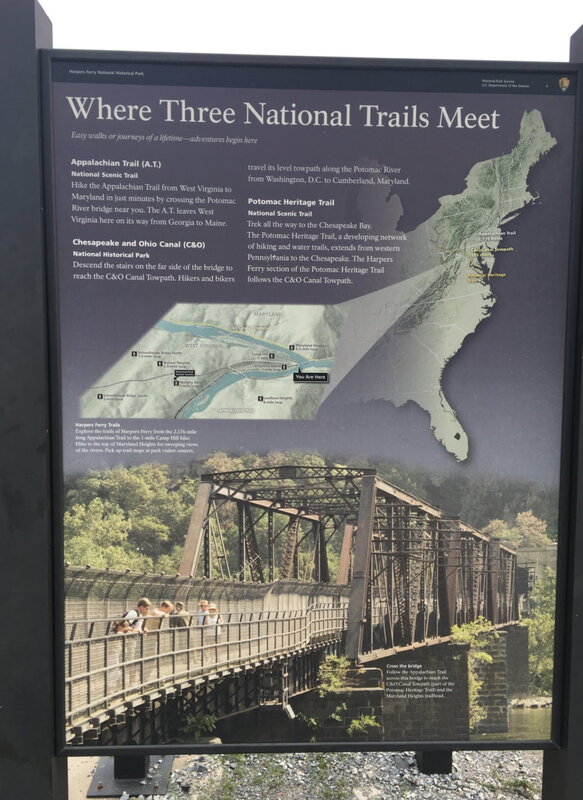
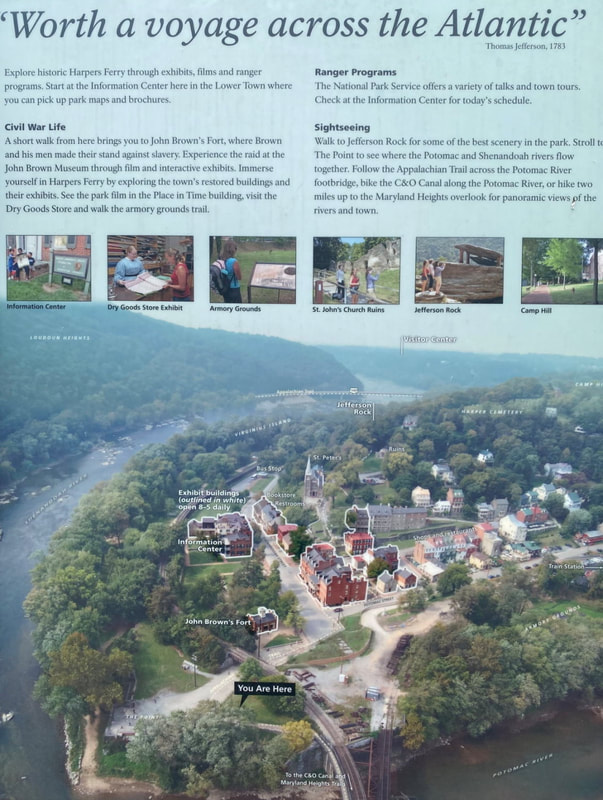























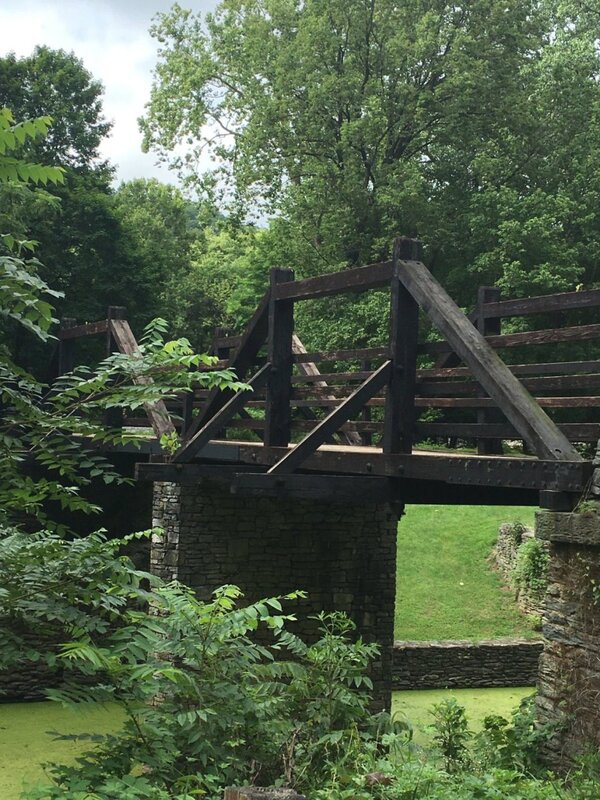
 RSS Feed
RSS Feed